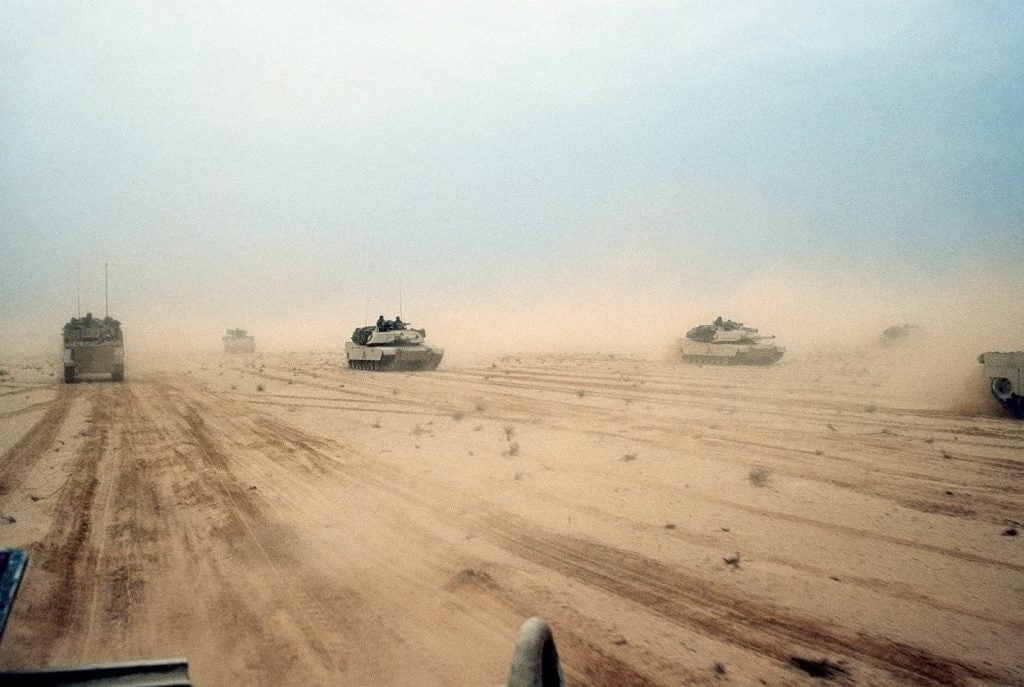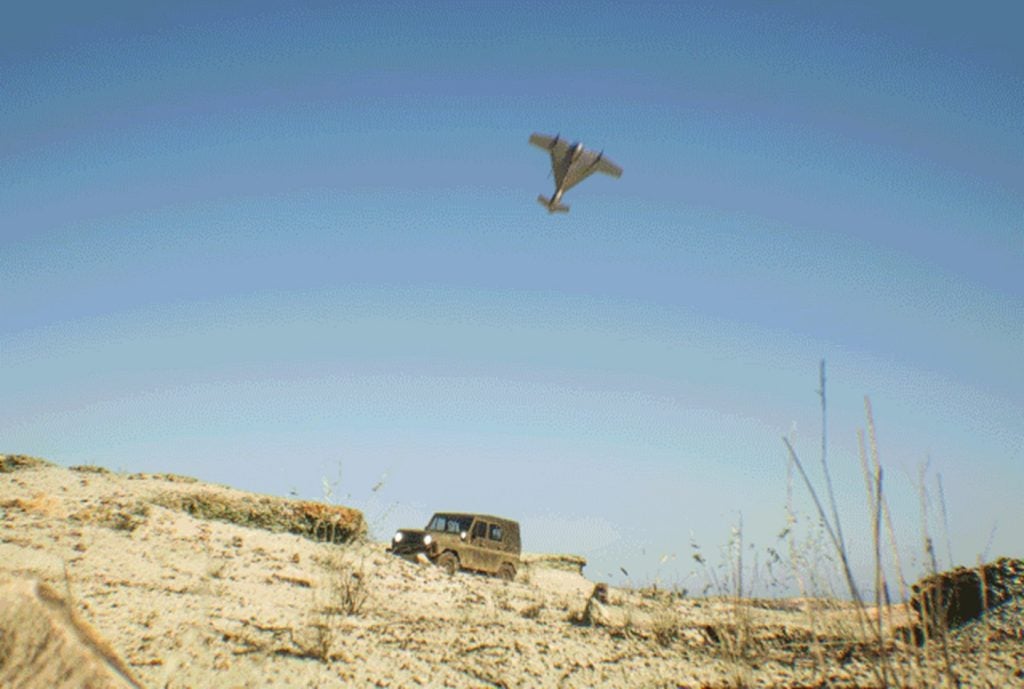Kuwait is setting a transformative course for its army, navy and air force, with a surge in defence spending to $8.1bn (Kd2.5bn) by 2028.
GlobalData reports delve into the nation's strategic investments, unveiling technologies, procurement policies and a stance against regional threats.
In a move to fortify its defence capabilities, Kuwait announced an increase in its military budget to $8.1bn by 2028, as reported by GlobalData's Kuwait's Defense Market 2023–2028. This surge, fuelled by strategic investments, marks a significant moment for the Middle Eastern nation's army, navy and air force, reflecting a proactive approach to regional security challenges.
The detailed breakdown of Kuwait's defence expenditure from 2019 to 2028 indicates a turnaround. Despite a negative compound annual growth rate (CAGR) of 1.1% during 2019–23, the nation is set to experience a surge with an anticipated CAGR of 3.8%, positioning the defence budget at $8.1bn by 2028. The acquisition of main battle tanks, military aircraft and naval ships plays a central role in this resurgence, aligning with the country's focus on protecting infrastructure and resolving territorial disputes.
Kuwait's military spending, among the highest per capita globally, reflects a commitment to its defence and active role in international affairs. The recent dip in 2022 and 2023 is attributed to the completion of major acquisition programmes. Kuwait is modernising military structures in response to heightened regional instability in the Gulf Area.
The defence budget's percentage of GDP, averaging 4.8% during 2019–23, is set to increase marginally over the forecast period. This reflects Kuwait's commitment to maintaining a defence posture, with per capita defence expenditure expected to rise from $1,414.9 in 2023 to $1,799.9 in 2028.
Key sectors driving Kuwait's defence expansion include military fixed wing, where a $3.3bn expenditure reflects the nation's focus on air force upgrades amid regional security concerns. Missiles and missile defence systems, with a projected spend of $2.1bn, showcases Kuwait's determination to enhance its missile defence capabilities. The military unmanned aerial vehicles sector witnesses growth, with a cumulative spend of $628m, showcasing Kuwait's commitment to drone technology.
Acquisitions such as the Eurofighter Typhoon Tranche 3A, National Advanced Surface-to-Air Missile System (NASAMS) and Bayraktar TB2 position Kuwait as a player in military technology. These acquisitions and strategic geopolitical alliances reinforce Kuwait's role in regional security and its emergence as a player in the global defence landscape.











